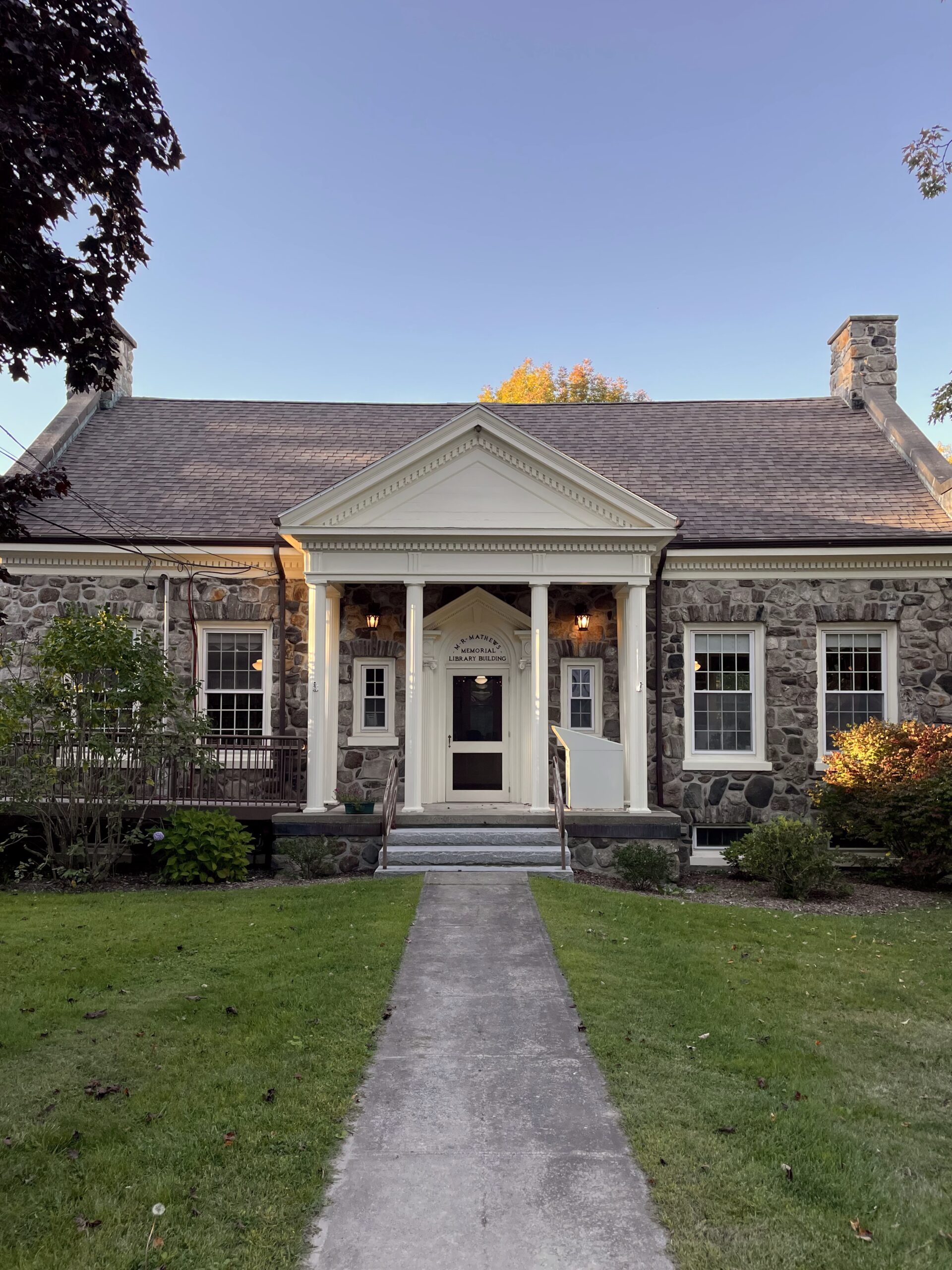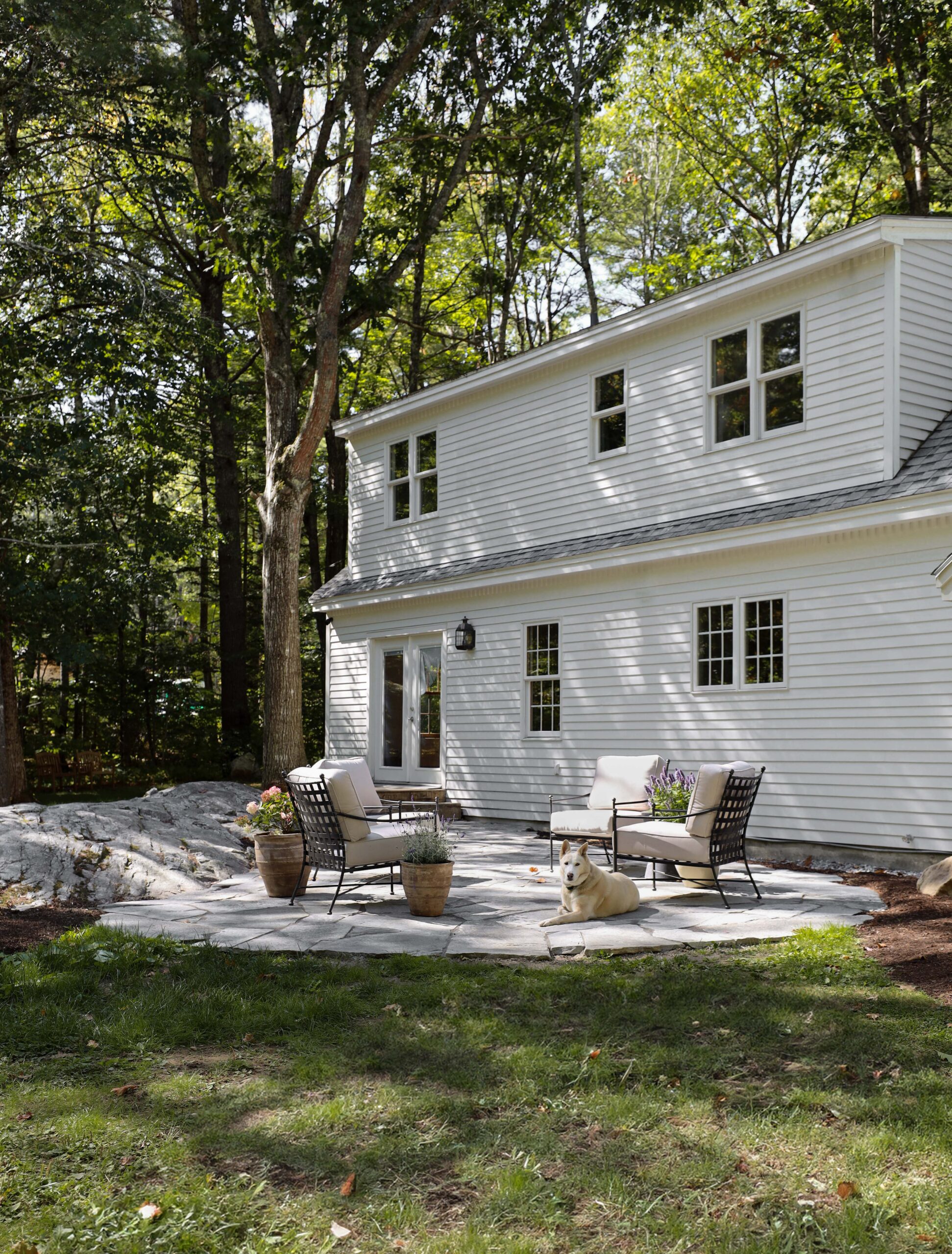Notable Things: Historic Kitchens & Baths. Plus Millwork Dimensions Everyone Should Know
·

One of my favorite things about living in New England is the architecture. The history is abundant and the inspiration is overwhelming. We live in a coffee table book, and walking in the neighborhood feels like flipping the page from one idyllic home to another. Stumbling upon a home built in the 1800s is an anomaly in many parts of the country, but it is refreshingly common in our neck of the woods. And while there’s a lingering unease surrounding the steady erasure of historic homes in favor of new construction, many locals and town boards are taking extra precautions to preserve history.
Towns in our state have taken a unique approach to preserving historic buildings by rehabilitating mansions, former high schools, banks, and shops, and turning them into public libraries. Many of our libraries, whether they were restored with a new purpose or have always functioned as a library, are featured on the National Register of Historic Places. Our trip to a little village led me to their local library – delightfully clad in stone, featuring a pedimented portico and a parapet roof. It’s a wonderful example of scale, proportion, and ornamentation.


This post contains affiliate links.
Other Notable Things
- A retractable indoor gold clothesline…for less than $12. Yes please. It was this Instagram reel that convinced me I need this in my life.
- This is what I mean when I say I want a historic kitchen. Butter yellow cabinets and all.
- Another source of inspiration for primitive, Early American cabinetry, photographed 20 years ago! The avocado color is an unexpectedly delightful choice.
- I know I’ve shared my favorite French return curtain rod and matching curtain rings, but I realized I’ve never shared my go-to cafe curtain rings. Hand forged wrought iron (there’s nothing better) in a dainty size that’s perfectly proportionate!
- Truth is, I’m VERY picky when it comes to bathroom renovations. To be blunt, I often find renovated bathrooms to look childish, overly simplified, sterile, or just completely disconnected (aesthetically speaking) from the rest of the house…especially historic homes. So when I see a bathroom that’s well designed, I save it immediately and study the design choices. Three bathrooms that stand out to me are Beata Hueman’s yellow bathroom, Steph Gowla’s English bathroom, and this perfectly imperfect bathroom. Can you spot the similarities between the three? 🙂
- See the ideal dimensions for crown moulding and the correct height for wainscotting. Spoiler alert: it’s not what we’ve been told all along. Read the caption as well for further explanation.
- How to get stains out of marble countertops. This DIY solution got a massive stain out!
My Favorite Finds & Buys
SCROLL TO VIEW THE FULL LIST →
DO YOU WANT
The Inside Scoop
Where behind the scenes, exclusive advice, and candid conversations are sent straight to your inbox every week.
